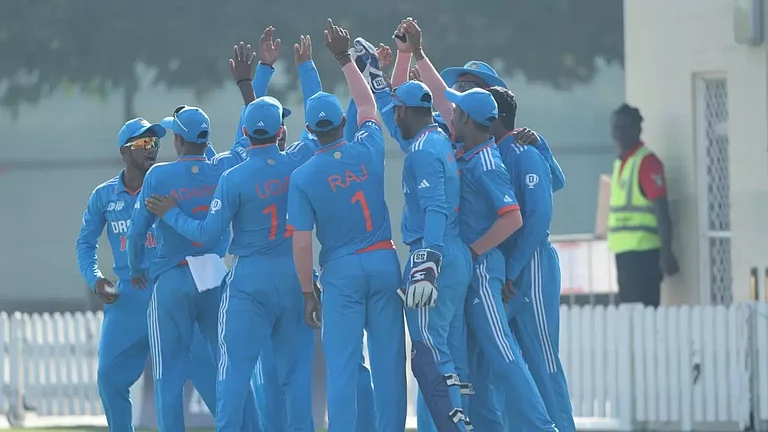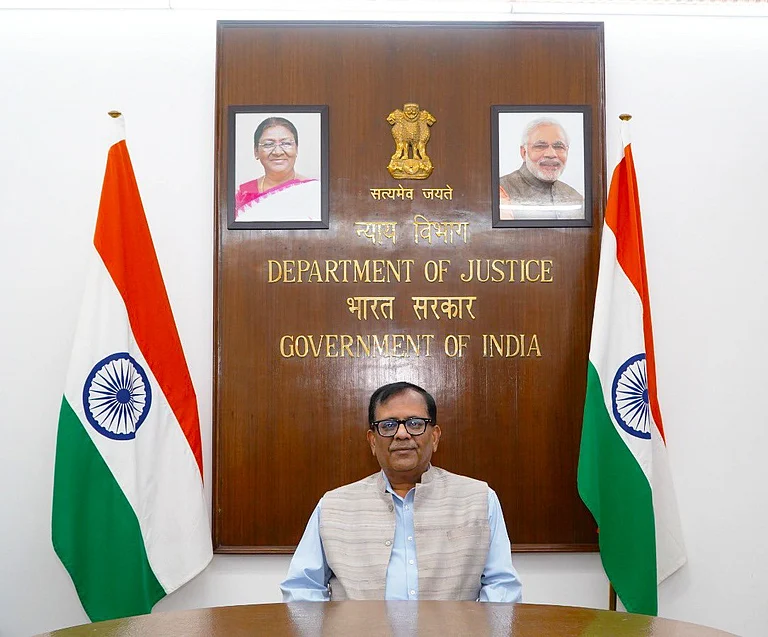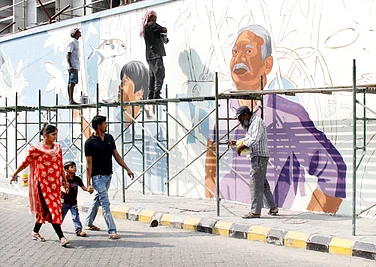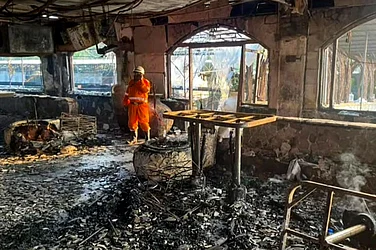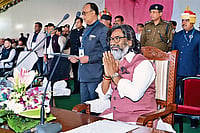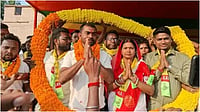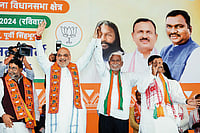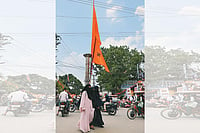A few weeks ago, as the Congress party was gearing up to corner the government for not divulging the agenda of the special parliamentary session, any of the senior leaders could be given the task of writing the letter to the Prime Minister. Different reports suggest that the name of the party President Mallikarjun Kharge even came up for once. But in the end, it was Sonia Gandhi who took the shot. Besides placing nine agendas that the opposition INDIA block wants to bring to the table during the session, the letter invoked another crucial political message: the importance of old hawks in Indian politics is not going to die down soon both for real political reasons and for its tendency to live in nostalgia.
Not only Sonia Gandhi but the political resurrection of Lalu Prasad Yadav also points to such a tendency. With the baggage of corruption charges, allegations of ‘goonda-raj’ and strains of his days in Ranchi jail, Lalu almost lost his political relevance in national politics.
But certainly, with the formation of the INDIA block, Lalu is again a factor.
His oratory skills and popular wits are again filling up the columns of the newspapers. His recent jibes at PM Modi for his allegedly false promise of giving Rs 15 lakhs to the bank accounts of every citizen of the country got formidable traction in social media. During a press conference of INDIA bloc, Lalu with his usual wits said, “PM Modi said he will get back the black money. Accounts were opened and he said that ₹ 15 lakh will be deposited in everyone's account. I too got duped and opened an account.” Political observers think that the days are not far when the popular slogan ‘Jab tak rahega samosa me aloo, tab tak rahega Bihar me Lalu’ will again hit the streets of Patna.
The resurgence of Lalu’s witty politics in the INDIA block is accompanied by the calmness of another old hawk - Sharad Pawar. Though the party has been split and the betrayal from his nephew is a matter of concern for the party workers, his relevance in the opposition to work as a fulcrum of unity has not been diminished. The first meeting of the coordination committee of the opposition alliance being held at Pawar’s house gives testimony to it.
While the opposition parties are banking on the grand old guards like Sonia, Pawar or Lalu, this is not the first time that nostalgia has been used as a weapon to gain political advantage. If one remembers the 1977 Lok Sabha election when the first non-Congress government was formed, the emotions surrounding the old Congressmen like Morarji Desai and Jaiprakash Narayan worked in the favour of the opposition.
This practice of evoking the leaders of probable ‘golden days’ continued for decades. In Uttar Pradesh, just before the 2014 elections, Bahujan Samajwadi Party (BSP) leader Mayawati started invoking the legacy of Dalit leader Jagjivan Ram who, she claimed, had not been given his dues for his caste identity. This is the same BSP that during its years of emergence in the 1990s termed Ram’s era as ‘Chamcha Yug’. Reference to Kanshi Ram’s legacy, however, still forms the bedrock of BSP’s popularity among Dalits.
On June 3 this year, Tamil Nadu Chief Minister M K Stalin wanted to celebrate M Karunanidhi’s centenary birthday with spectacular grandeur. Though he later cancelled the celebration due to the train tragedy in Odisha where almost 900 people died, the idea was to use it as a platform to unite the Opposition against the ruling BJP. He also invited the senior leaders of the regional parties to make it a success.
The left politics in India that essentially claims to not believe in ‘cult figures’ also banked on the nostalgia of senior leaders like Jyoti Basu and Buddhadeb Bhattacharya whenever they were politically pushed to the brink. In 2019, the former CM of West Bengal and senior CPI (M) leader Buddhadeb Bhattacharya suddenly appeared in a wheelchair during the Left’s rally at the historic brigade ground swaying away the audience. His 30 minutes’ presence evoked the memory of a ‘better past’- the days of ‘good governance’.
So, are the Indians intrinsically nostalgic? Prime Minister Narendra Modi’s recurrent invocation of a glorious but lost Hindu past can be counted as evidence. But post the 1990s, when new aspirations started taking shape with the development of market capitalism, a new strategy of using both nostalgia and aspirations came up. Though Modi’s removal of senior BJP leader LK Advani from important party posts was not received very cordially by the party supporters, with time, his repetitive use of ‘new India’ as an imagination that ought to resurrect the ‘old good days’ pushed a new form of synthesis.
However, when it comes to the resurgence of leaders like Sonia Gandhi and Lalu, political scholars think, both the ‘burden of the past’ and the ‘nostalgia of the past’ are working together. Political scientist Ajay Gudavarthy says, “There are two divergent processes taking place. In the latest Bihar campaign, they had removed photos of Lalu from everywhere and had kept only photos of Tejaswhi. So, on one hand, there is a burden of the past and on the other, there is the nostalgia of the past.”
Lalu’s baggage of corruption may not work in favour of the INDIA bloc in the coming days, think scholars. Everything of the past is not workable, as there are new aspirations as well, adds Gudavarthy.
However, Satish K Jha, a political scientist at Delhi University, thinks that such baggage would be countered by the popularity of RJD supremo among the Muslim-Yadav community. “Lalu is still important in Bihar politics. As the state has 46 seats and Nitish Kumar can't be trusted, Lalu becomes the natural choice of the opposition. Moreover, the weight of M-Y equation with approximately 28% electorates makes Lalu a prominent figure of the opposition,” Jha says.
Emphasising the significance of Pawar and Gandhi as well, Jha continues, “Lalu, Sonia and Pawar have credibility of consistently taking on BJP. They never were part of BJP alliance. On the other, Mamata Banerjee, Chandrababu Naidu, Nitish Kumar- all had a history with them.” Voters may get confused due to their shifting alignment and thus presenting these three leaders as the face has to do much with real politics.
“This use of nostalgia has its base in the real politics as well,” adds Jha.
Gudavarthy points out that the presence of these ‘astute, balanced and experienced’ leaders may pose a formidable counter-weight against the projected weight of PM Modi. “Besides, there is a general understanding among Indians that seniority and experience work better in governance,” he adds.
On one hand, the evocation of a glorious past and aspiration of a ‘new India’ and on the other, the ‘nostalgia’ of seemingly trustworthy leaders who are experienced in governance make the forthcoming electoral contest a battle over nostalgia. Definitely, there are several other factors of real politics that are going to determine the fate of political parties in the upcoming Lok Sabha elections, one can’t deny the role nostalgia is supposed to play. After all, the vacuum in the present evokes the nostalgia of the past, note scholars.








